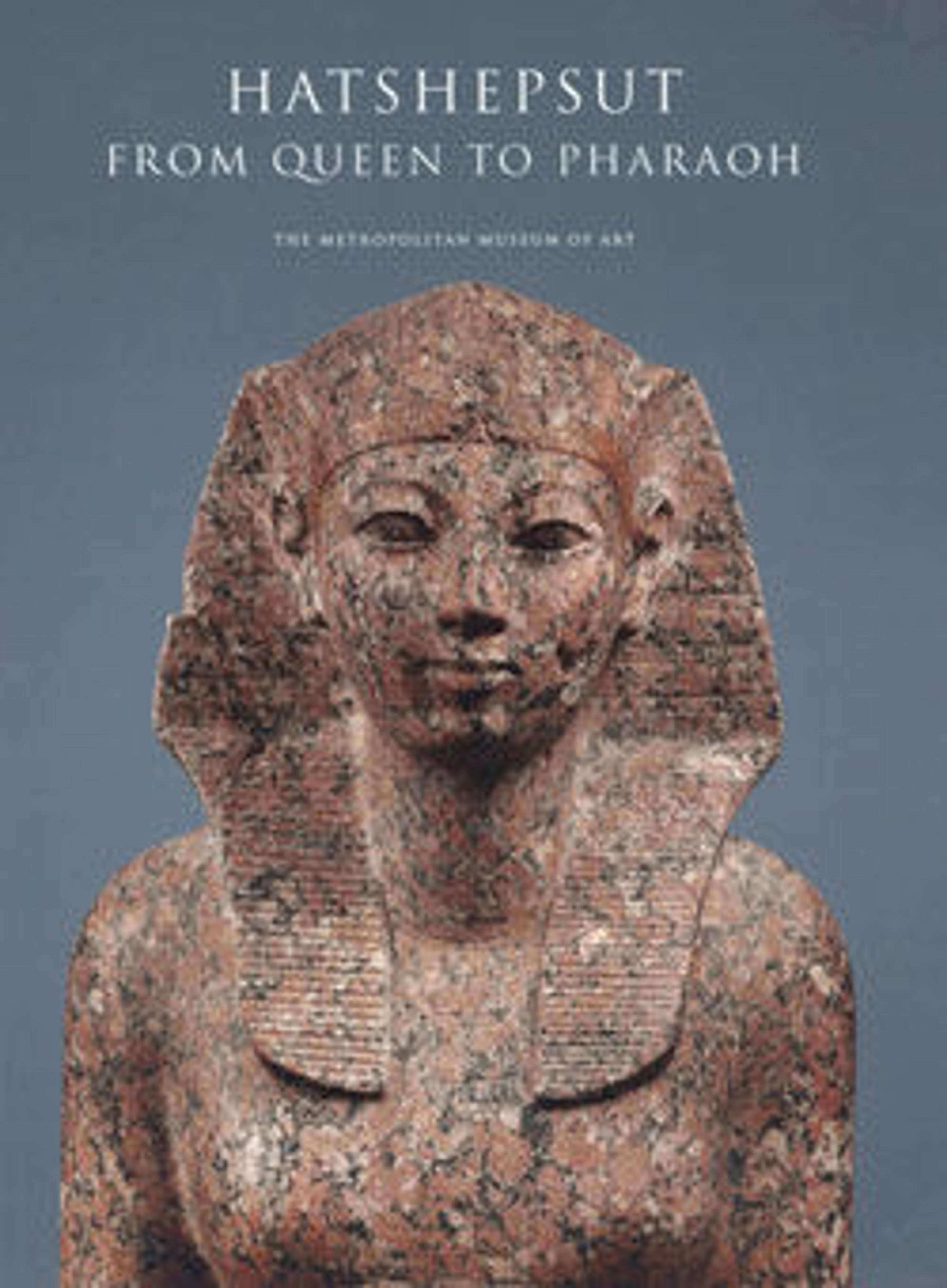Inscribed shoulder jar with cartouche of Thutmose III
This broad-shouldered container has the flat base, short cylindrical neck, and very broad, flat ledge rim characteristic of the nemset jar, which is associated with purification rituals and funerary rites. This example is still full of a hardened ointment. The inscription on the side reads:
"The Young God, Menkheperre, Son of Re, Thutmose Perfect of Being, given life forever."
The lid currently with this jar was brought into the Museum with 26.8.20 (26.8.20c). Its original lid was moved to 26.8.22 and made 26.8.22b; it was later deacessioned. Jar 26.8.22a was re-acessioned as 1987.103, without the lid.
"The Young God, Menkheperre, Son of Re, Thutmose Perfect of Being, given life forever."
The lid currently with this jar was brought into the Museum with 26.8.20 (26.8.20c). Its original lid was moved to 26.8.22 and made 26.8.22b; it was later deacessioned. Jar 26.8.22a was re-acessioned as 1987.103, without the lid.
Artwork Details
- Title: Inscribed shoulder jar with cartouche of Thutmose III
- Period: New Kingdom
- Dynasty: Dynasty 18
- Reign: reign of Thutmose III
- Date: ca. 1479–1425 B.C.
- Geography: From Egypt, Upper Egypt, Thebes, Wadi Gabbanat el-Qurud, Wadi D, Tomb of the Three Foreign Wives of Thutmose III
- Medium: Crystalline travertine jar, limestone lid
- Dimensions: H. 23.5 cm (9 1/4 in.); diam. 17.5 cm (6 7/8 in.); Lid: diam. 5.7 cm (2 1/4 in.); 1.8 cm (11/16 in.)
- Credit Line: Fletcher Fund, 1919
- Object Number: 26.8.15a, b
- Curatorial Department: Egyptian Art
More Artwork
Research Resources
The Met provides unparalleled resources for research and welcomes an international community of students and scholars. The Met's Open Access API is where creators and researchers can connect to the The Met collection. Open Access data and public domain images are available for unrestricted commercial and noncommercial use without permission or fee.
To request images under copyright and other restrictions, please use this Image Request form.
Feedback
We continue to research and examine historical and cultural context for objects in The Met collection. If you have comments or questions about this object record, please complete and submit this form. The Museum looks forward to receiving your comments.
